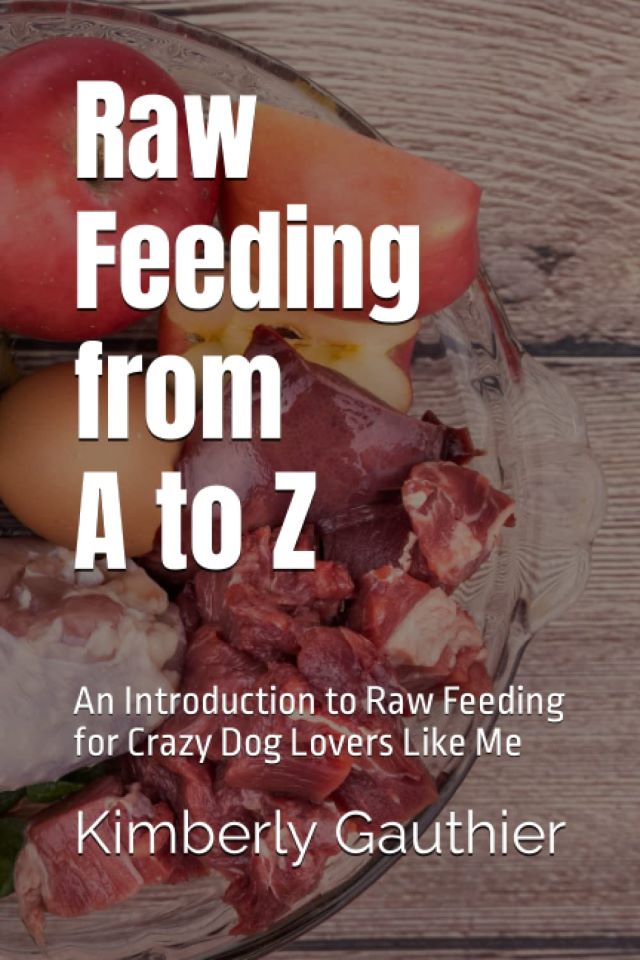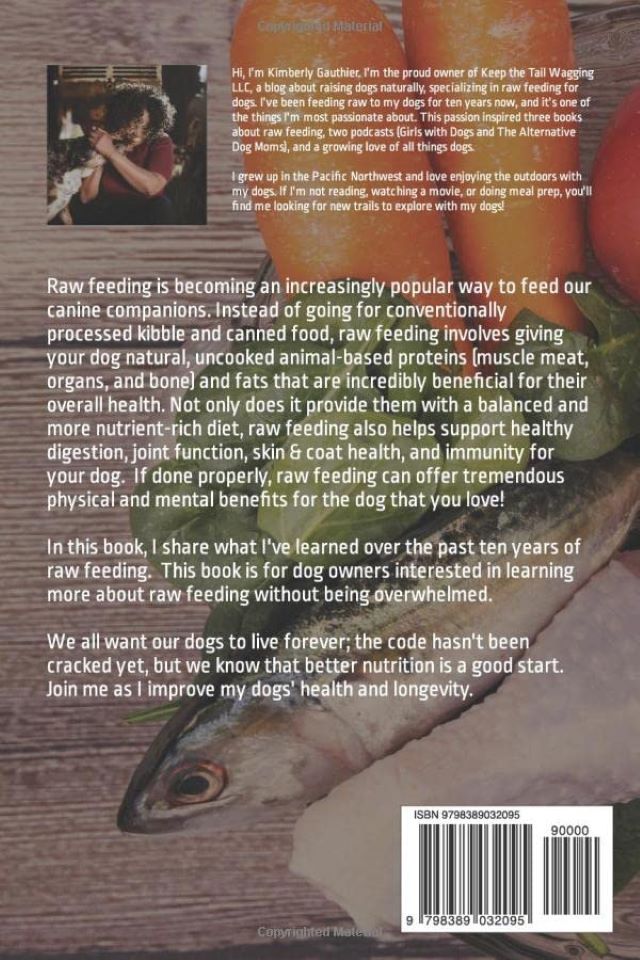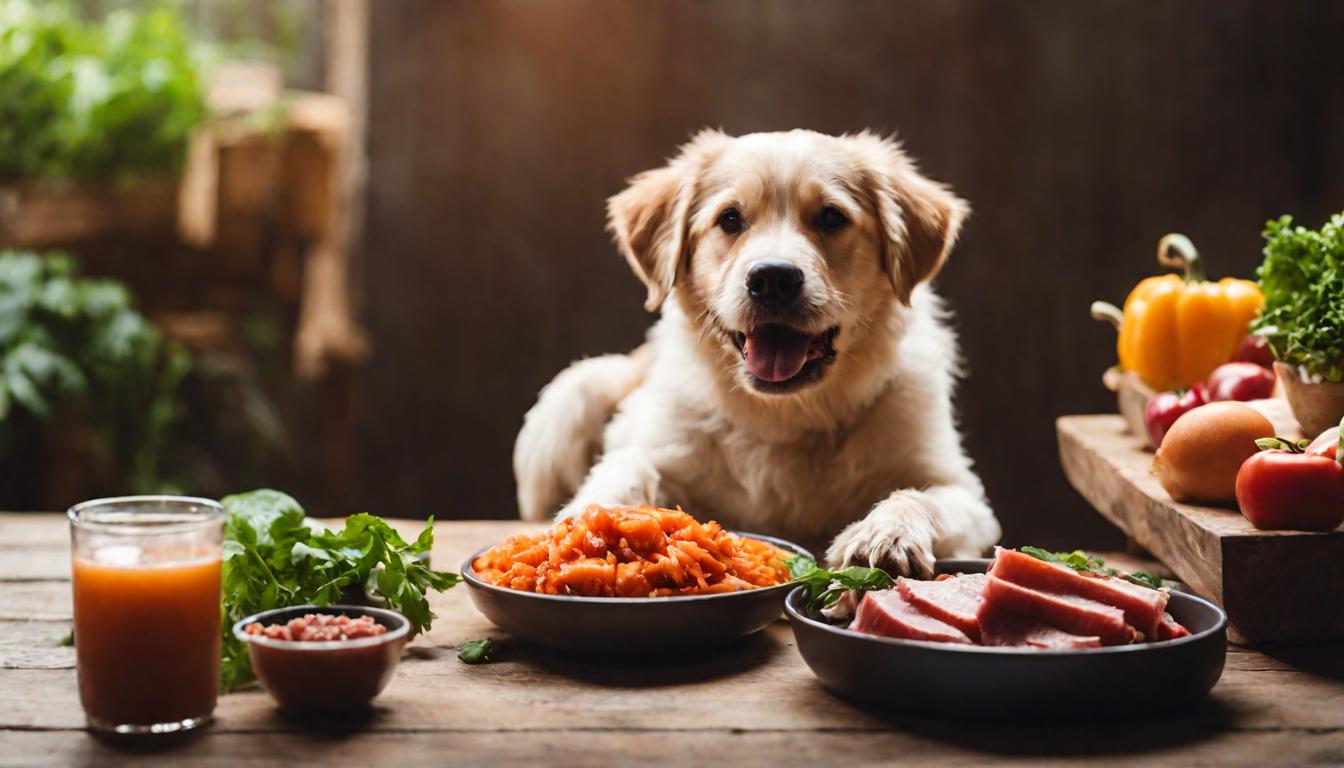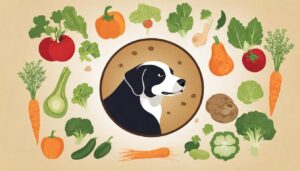

As a dog lover who wants to provide the best possible life for your pet, you’ve likely heard of raw dog feeding. This method, which is becoming increasingly popular, offers natural, fresh meals that can bring many benefits to your furry friend. At first, though, it could appear overwhelming. So that you may choose what’s best for your cherished dog, allow me to walk you through the fundamentals and advantages of raw feeding.
What is Raw Feeding for Dogs?
Raw feeding for dogs, also known as the BARF diet (Biologically Appropriate Raw Food), is based on the idea that dogs should eat food that closely resembles their natural diet. This means fresh meat, bones, organs, and occasionally, vegetables and fruits. This type of diet has numerous benefits – from shinier coats and healthier skin to better oral health and increased energy. However, as with any dietary change, it’s important to be aware of potential challenges, such as handling raw meat safely and ensuring proper nutritional balance.
How to Transition Your Dog to a Raw Diet
Transitioning to raw feeding can seem intimidating, but your dog can adjust smoothly with the right approach. I recommend gradually introducing raw food, starting with smaller portions of meat that slowly increased as your dog adapts. Always monitor your dog’s reactions – digestive issues or changes in behavior may indicate that adjustments are needed.
Key Steps in Raw Feeding
- Choosing Ingredients: Select high-quality protein sources such as beef, chicken, turkey, and fish. Organs like liver and kidneys are also important for providing essential vitamins and minerals. Bones provide calcium and should be fed raw to ensure they are safe for consumption.
- Balancing the Diet: Ensure your dog receives all the necessary nutrients, including proteins, fats, vitamins, and minerals. Consider adding supplements like omega-3 fatty acids to complete the diet.
- Safety: Handling raw meat requires special care to prevent contamination. Always wash your hands and disinfect surfaces after preparing food. Raw meat should be fresh or properly frozen to avoid bacterial growth.
Kimberly Gauthier’s Experience
Kimberly Gauthier, author of “Raw Feeding from A to Z: An Introduction to Raw Feeding for Crazy Dog Lovers Like Me,” shares her experience of transitioning her four dogs to raw feeding. Despite early misgivings and innumerable obstacles, Kimberly can now look on with unabashed pleasure as she observes amazing results: her dog, who the veterinarian had said would not live very long, is turning thirteen and is bursting with energy and health because of a raw diet.
Raw dog feeding can be an excellent way to provide your pet with a healthy and balanced lifestyle. With the right information and preparation, this method can become a simple part of your routine. If you want to learn more about this topic and get tips on how to start, I recommend Kimberly Gauthier’s book “Raw Feeding from A to Z.” Purchasing through this affiliate link supports the work and development of my website, which helps me continue sharing valuable advice and information about eco-friendly pet food.
I invite you to share your experiences with raw feeding or ask questions in the comments below. Together, we can learn and support each other in ensuring the best for our pets!
For more information on healthy pet care, visit my blog post on probiotics for pets.





